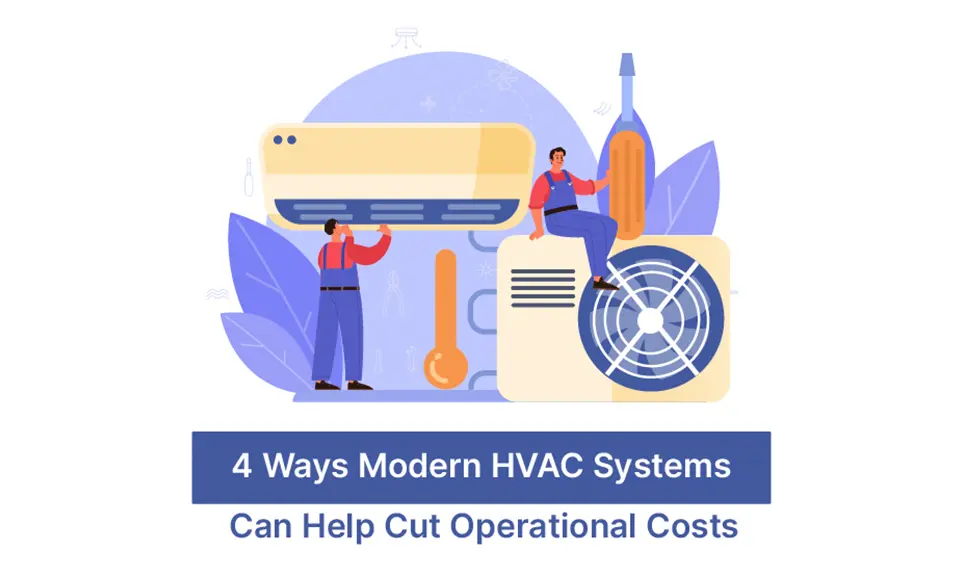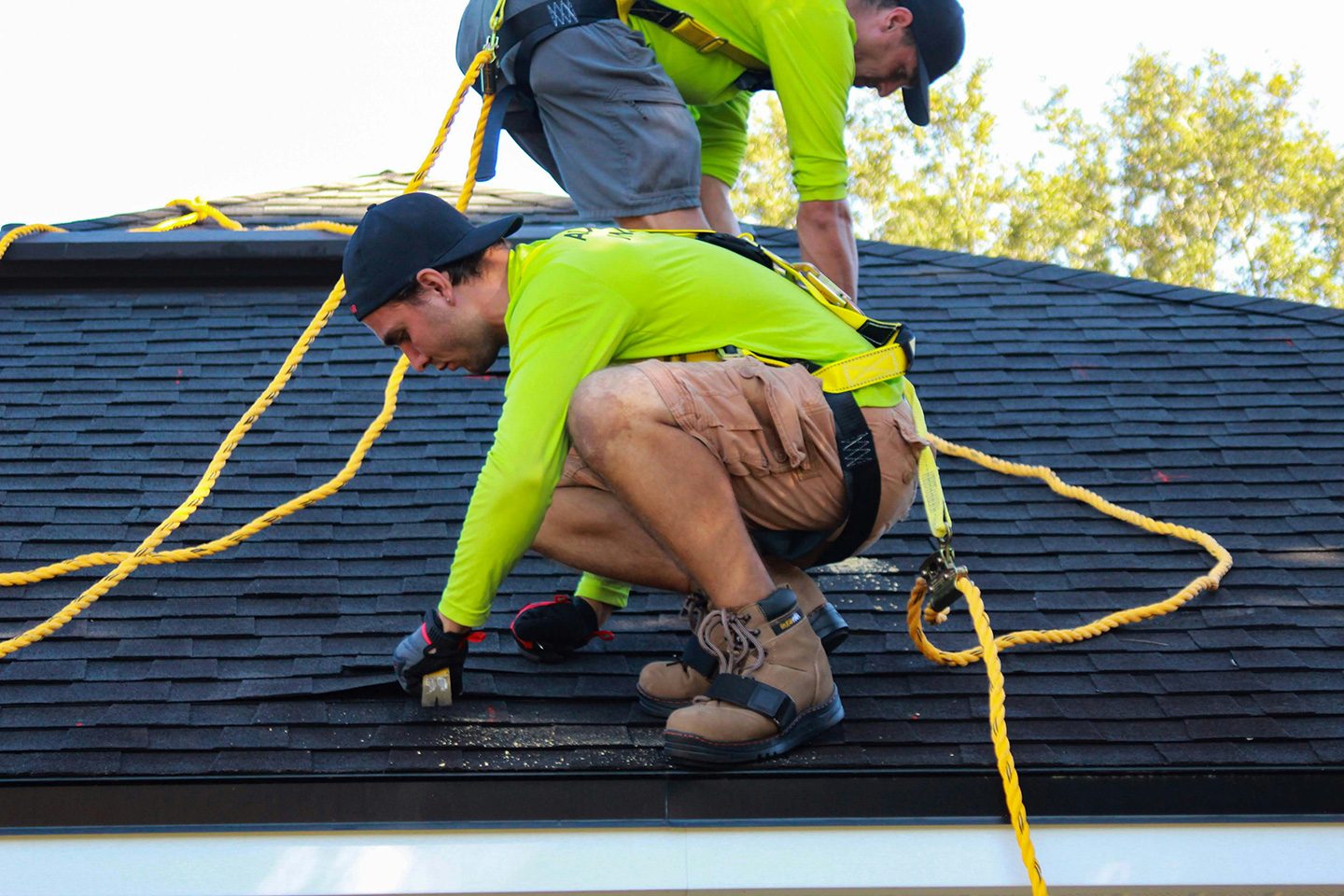If you are a building manager or an owner, then it is very important to keep an eye on the HVAC systems in your premises. Your tenants and occupants will not bother you when everything is going fine, but once a problem arises, you will be bombarded with complaints and questions.
Now, the HVAC system is one complicated machine. And with rising complexities comes rising costs of operations. Yes, the expenses associated with an HVAC system are usually high. Even if the unit is performing at its best efficiency, the electricity bill can be quite overwhelming at the end of the month.
As an HVAC technician or a contractor, you not only need to keep an eye on these systems but also do everything to minimize the HVAC system’s cost and, if possible, reduce the prevalence of a system failure so that the business owners and occupants can live in peace.
In this post, we’re going to look at four ways through which you can cut operation costs and increase efficiency with modern HVAC units.
1. Add VAV boxes along with the airflow control
The old HVAC systems used to simply pump the whole volume of the conditioned air directly into the room. This usually meant higher operational costs. On the other hand, terminal boxes or VAV boxes present in modern HVAC systems are designed to make the occupants in the space more comfortable and also reduce the energy consumption of the unit. It uses control dampers to balance the supplied air quantity. This, in turn, helps in controlling the temperature of a specific zone.
The VAV boxes must be installed in the ducts in every outlet of the zone in the HVAC system. For instance, when a conference room is filled with people, it becomes warm. So by adjusting the smart thermostats, the dampers open up and allow more cool air into the room. If an office space has only one occupant on the corner, the VAV box receives a signal from the programmable thermostats and closes the dampers to make the occupant comfortable. In summary, the system functions with customized cooling, saving a lot of energy
2. Underfloor air distribution
If the building is still under construction, then you should consider underfloor air distribution. This method found in modern HVAC systems allows the conditioned air to run in the plenum space under the floor. This slab should be around 12-18 inches above the concrete.
By employing this, the air no longer runs in the overhead ducts. Based on the system you plan to install, you can also include ducts and fan-powered thermal units under the floor. The air will reach the room from the floor through diffusers.
Underfloor distribution has a good efficiency due to two factors –
- It’s closer to the occupants and not many feet above their heads.
- The natural thermal stratification of air takes care of the comfort of the occupants.
Such a design decreases operational costs and increases comfort. It is also useful for offices as they can use the underfloor space for power and computer cable management.
3. Use occupancy sensors
It’s not uncommon to find occupancy light sensors in most places today. When you enter an area, the lights already switch on, and when nobody is there, it automatically switches off. Such a light saves costs and energy to a great extent. The electronic sensors inside it detect people in the room and turn the lights on or off. This automation technology can also be used in modern HVAC equipment today. These sensors can control the heating and cooling based on occupancy.
The earlier sensors were hard-wired and can only be integrated into the building during construction or extensive renovation. But today, wireless sensors are available, due to which integration has become extremely easy. It can even be used with already installed systems.
The lighting sensor uses various sensors like passive infrared, cameras, magnetic sensors on doors, and microphones to detect motion. Some occupancy sensors also use low-level Bluetooth to track people’s location.
4. Perform regular maintenance
Lastly, regular maintenance is extremely important. You can reduce a lot of risks and decrease the chances of failure through preventive maintenance. Even a brand new HVAC system needs to be properly maintained to achieve high efficiency and reduce long-term costs.
HVAC maintenance is not just about changing filters. Ducts must be checked for clogs as it collects a lot of dirt and debris. The clogging, in turn, would result in less airflow and reduced efficiency.
There are also chances for the external fans and the refrigerant lines to freeze, jam, or crack, which can lead to shutting down during peak time. Such small problems might not affect the performance or even cost much during the initial stages, but they can ultimately lead to system failure or damage that is beyond repair. That’s precisely why a detailed HVAC maintenance checklist can be helpful.
Conclusion
The HVAC system in itself has been getting a lot of updates, and we are getting to see a highly efficient heating and cooling system today. Despite this, the cost of operation for an HVAC system is on the higher side. So it’s totally up to the HVAC technicians and contractors to ensure that they bring down the operational cost by following the above strategies



